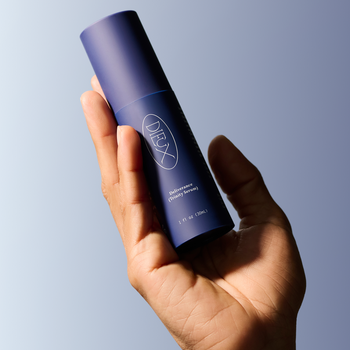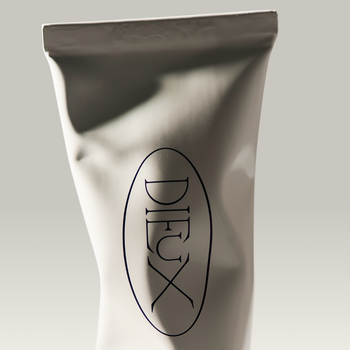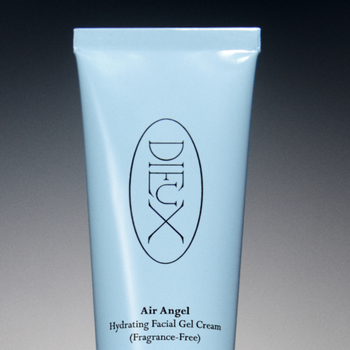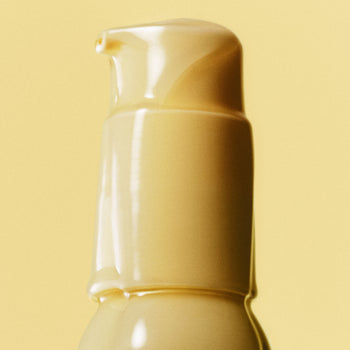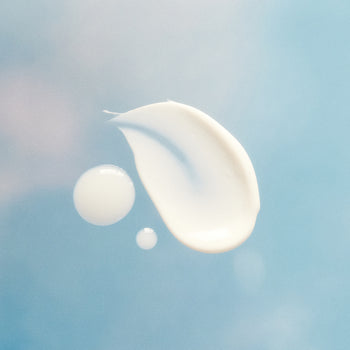
Help! My mineral sunscreen has a booster! Is this bad?
So you bought a “100% mineral” sunscreen… but it has boosters that were labeled as “chemical sunscreen analogues" in our Sun-Screener? Do. Not. Panic.
Here’s a quick refresher for the uninitiated:
Sunscreen boosters are ingredients that aren’t UV filters themselves, but they help UV filters work better. Some make sunscreen spread more evenly. Others stabilize the formula with antioxidants. And some? They absorb UV rays just like chemical filters because they’re molecularly very similar.
This is where things get murky.
If a booster operates like a chemical sunscreen active, is your sunscreen still 100% mineral? Or did a brand find a marketing (and regulatory) loophole?
Let’s break it down. If your “mineral” sunscreen has a booster, here are three things to think about:
1. Allergies vs. danger
If your skin typically loves mineral sunscreens, but for some reason, the sunscreen you just bought is giving you a reaction, maybe it’s something in the sunscreen … or it’s the boosters.
According to our in-house chemist Becca Perry (who has spent years formulating sunscreens), if you’re allergic to an approved UV filter, it’s highly likely that you’re also allergic to the analog (usually used as boosters). She says, “While we can’t say with absolute certainty, you can be allergic due to the similar structure.”
Just because something causes a reaction doesn’t mean it’s unsafe. People are allergic to almonds. Doesn’t mean almonds are dangerous to everyone. If you’re experiencing irritation, don’t panic. Just patch test and look at the full formula.
2. No rules on how much is too much
Here’s where it gets concerning. Chemical UV filters are regulated by the FDA. You can’t just dump in 10% octisalate—there are strict limits. But boosters like butyloctyl salicylate are not regulated the same way.
As cosmetic chemist and PhD researcher Ava Perkins explained over a phone call, when boosters are used at high percentages but not treated like the UV filters they mimic, that creates a grey area around safety and efficacy.
If a booster is listed high on the ingredient list and you’re concerned, ask the brand to share how much they’re using. Transparency is a beautiful thing.
3. Misleading marketing
This one hits a nerve. A brand demonizes chemical sunscreens, then sneaks an adjacent ingredient into the formula. Worst part? The adjacent ingredient is less regulated.
Let’s not call them out. Let’s call them in. If a brand’s using these boosters, great. But it’s time to remove the fear-mongering language from your site. “Free from chemical sunscreen” while using a chemical cousin? That’s not innovation, that’s a bad rebrand.
Formulate to FDA standards. Educate honestly. That’s how we raise the bar, together.
So… is it really 100% mineral?
If the booster acts similarly to a chemical sunscreen active and it’s high up in the formula, you’re likely using something closer to a hybrid sunscreen than a strictly mineral one.
And that’s okay.
Unless you’re allergic to all chemical filters or love mineral-only textures, there’s no real reason to avoid chemical sunscreens. The best sunscreen is one you love to apply and reapply.
Whatever helps you do that—mineral, chemical, or booster-blended—is the sunscreen we support.
At Dieux, we know sunscreen is good, but American sunscreen can do better. If you're a like-minded brand ready to champion newer, more innovative filters, smarter formulas, and more transparent education, email us at sunscreener@dieuxskin.com. Let’s advocate for change together.
